New Injectors’ Guide To Aspirating
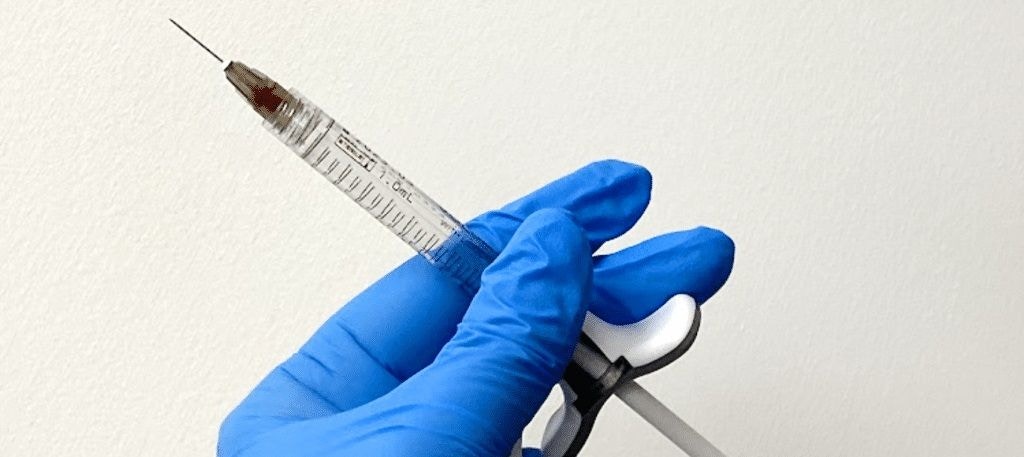
Aspirating when using dermal fillers is always a hot topic among our aesthetics students. It’s also widely debated among the medical aesthetics community at large.
The subject of whether aspiration is useful or not is widely debated. However, as a new injector we suggest that you learn this technique. Practice this then consider your options – to aspirate or not – and make your decision.
In this useful guide Dr Kalpna Pindolia explores everything you need to know about aspirating as a new injector
At the end, you’ll also find a word from our founder, Dr Tristan Mehta, about why it’s crucial all new aesthetics practitioners learn to aspirate as trainees – even if you later choose not to…
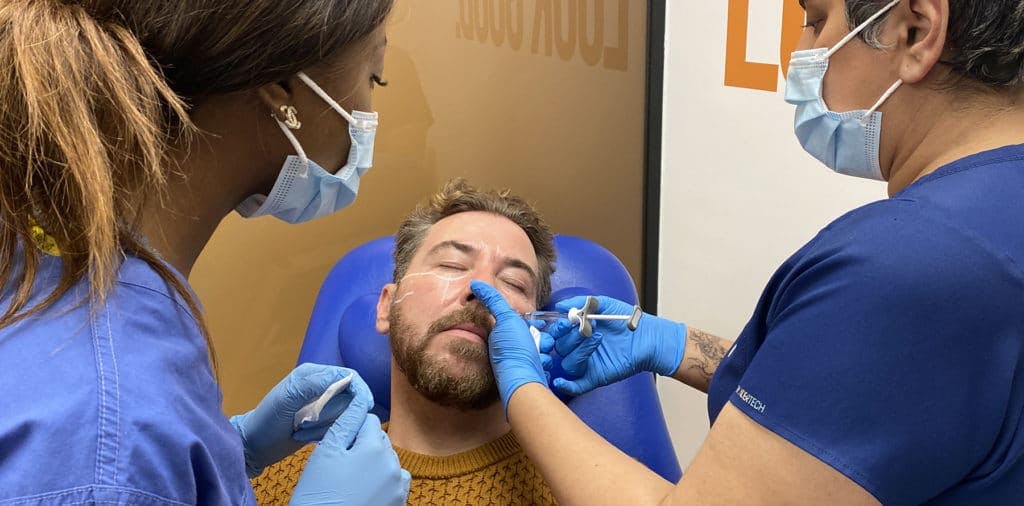
Your Guide to Aspirating
What is “aspirating”?
Aspirating is the process of pulling back on the plunger, whilst the needle or cannula is stationary and in situ, where filler is to be placed. This theoretically ensures the needle is not in a blood vessel and vulnerable to blockage by the subsequently injected filler.
You may hear the phrase “aspirate on bone”. This is simply normal aspiration when your needle is positioned on bone. However, you can also aspirate in soft tissues, in fat, in the lips – anywhere.
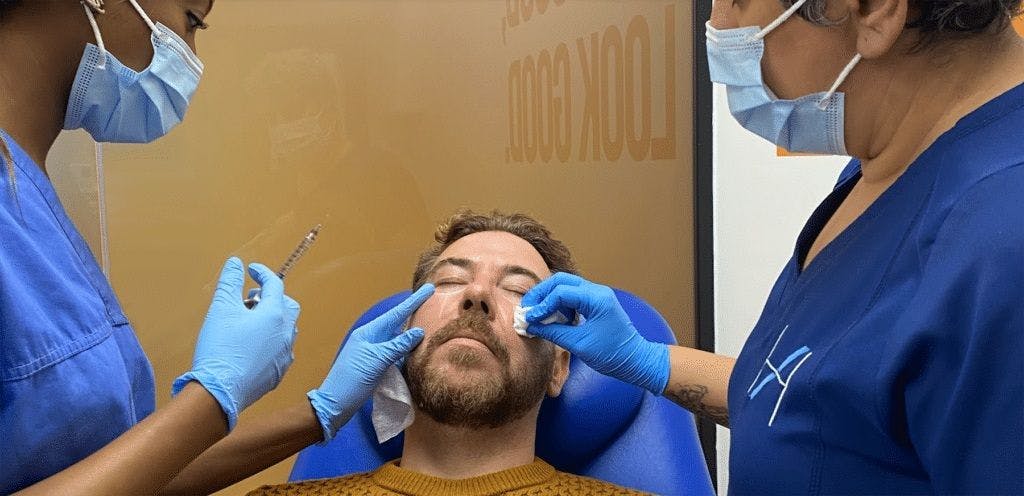
What makes an aspirate more likely to be positive or negative?
Here are some factors to consider:
1. Primed versus non-primed needles
Priming a needle excludes air from it, replacing it with filler. If the needle is primed, or once the first injection of product is completed. Any further syringe drawback will involve pulling the residual product back before any blood will aspirate into your needle hub. This makes aspiration less likely with primed needles, even if in a blood vessel.
If you decide not to prime, there is more likely to be a positive aspirate. Changing the needle with each injection within a treatment would also mean product wastage in the dead space of multiple discarded needles.
2. Steadiness
If the syringe is not stable and steady, the tip may move in and out of a vessel. So, if you do aspirate, practice will help you to hold the needle steady. It’s highly improbable that you’ll achieve total stillness, and even if you do, the patient may move.
3. Negative pressure achieved
A syringe full of filler will produce less negative pressure on retraction of the plunger, as there’s less drawback length compared to an emptier syringe.
4. Length of time of aspiration
Too short a time for the pull back on the syringe may mean the filler is not drawn back sufficiently to provide time for potential positive flashback.
5. Speed of aspiration
Strong negative pressure created by pulling the plunger back too far, or too quickly, whilst aspirating can cause small vessels to collapse. This can then prevent withdrawal of any blood.
6. Needle gauge and length
A wider bore needle will mean more blood can be aspirated quickly. Longer needles mean the aspirate has to travel a greater distance to be positive.
7. Filler viscosity
Filler viscosity, cohesivity and G prime affect the flow of the filler. The higher the G prime for instance, the less likely a positive aspirate. This is because the thick dermal filler will obstruct the hub, making it less likely that blood can enter.
8. Syringe design
Some filler syringe plungers easily fall off during aspiration, making it difficult to do well.
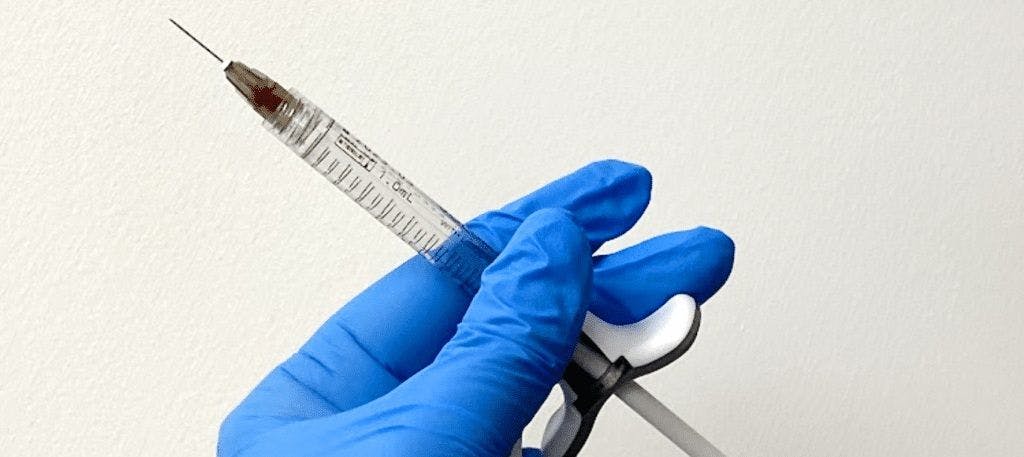
What actually happens when you get a positive aspirate?
Getting a positive aspirate means you will see blood in the needle hub. This is why looking at the hub of the needle during aspiration is crucial. New injectors sometimes forget this part whilst trying to get used to the process.
When blood is seen in the needle hub, there is no need to panic – in fact, a sigh of relief is allowed – as a vascular occlusion is likely to be prevented!
1. Breathe!
2. Remember not to inject the filler
3. Calmly withdraw the needle
4. Firmly press the area for at least 2-3 minutes to prevent blood leakage from the vessel and bruise formation.
Now you have a filler syringe contaminated with blood. What next?
You can extrude the filler and change the needle, should there be enough filler left to continue the procedure. Place the next injection site away from the site which has just yielded blood.
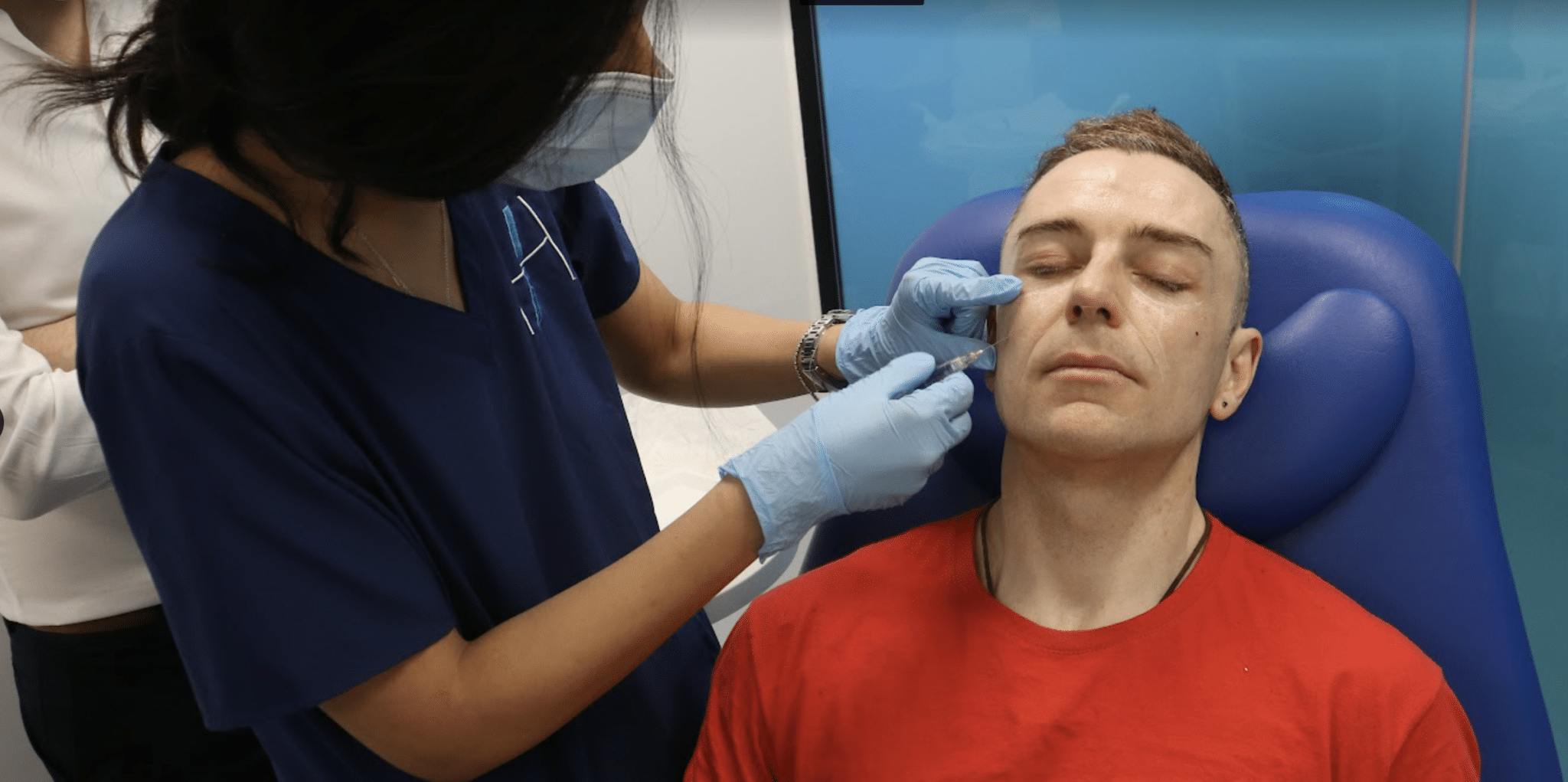
Is aspirating the best way to prevent vascular occlusion?
No, there are a number of good ways to reduce the risk of vascular occlusion. All should be employed to reduce risk, for example:
1. Inject in low volumes (less than 0.1ml)
2. Use low pressure injections
3. Always use a cannula, where appropriate
4. Consider that a constantly moving needle is a risk reducer. For example, when retrograde threading the needle spends less time in a vessel lumen. As such, there’s less time to potentially occlude it.
You can aspirate with a cannula should you wish to do so. However, if you consider the factors above, this is even less likely to yield a positive aspirate than a needle. Non-invasive ultrasound is increasingly being used to avoid vascular injury before needle placement.
Advocates of aspiration propose that aspirating should be one of several precautions taken, particularly in high-risk injection areas. This should be led with good anatomical knowledge and technique.
No one factor alone, especially aspiration, will eradicate the risk of vascular occlusion. If you choose to aspirate, that’s fine, just remember that a negative aspiration should not feel like reassurance that you are not in a vessel.
A positive aspirate is rare but, when it happens, the above is certainly useful to know…
4 Top Tips For Aspirating
In conclusion, my four top tips for aspirating as a new injector are…
1. Always remember that a negative aspiration result (no blood visible) is not a reliable indicator of intravascular placement of the needle.
2. Practice – you cannot hold a needle steady whilst aspirating unless you practice.
3. Be patient – if you are aspirating, take the time to do it well, for 8-10 seconds at least.
4. Anatomical knowledge of where blood vessels may lie is useful in informing your decision as to whether to aspirate or not, especially in higher-risk areas.
Should aesthetics practitioners aspirate when administering fillers?
The decision as to whether you should aspirate or not is yours. There is no gold standard. The important part is justifying your choice from an evidence-based perspective.
Now, a word from our founder, cosmetic doctor and respected facial aesthetics expert, Dr Tristan Mehta on this important – and divisive – topic… Watch the video below, from March 2022, for his views.
UPDATE – July 2023: Comma members who took part in the July 2023 session of the Cotofana Anatomy Journal Club presented by Harley Academy further explored aspiration. During this event, world-renowned anatomist, Professor Sebastian Cotofana provided a detailed look at the latest evidence on pre-injection aspiration. He advised participants, “If you do not aspirate, you will never know if there’s blood in the needle hub – if you don’t do it, you’ll never know. In the lottery, you need to participate to win… Just do it.”
All information correct at time of publication
Download our full prospectus
Browse all our injectables, dermal fillers and cosmetic dermatology courses in one document
By submitting this form, you agree to receive marketing about our products, events, promotions and exclusive content. Consent is not a condition of purchase, and no purchase is necessary. Message frequency varies. View our Privacy Policy and Terms & Conditions
Attend our FREE open evening
If you're not sure which course is right for you, let us help
Join us online or in-person at our free open evening to learn more
Our Partners


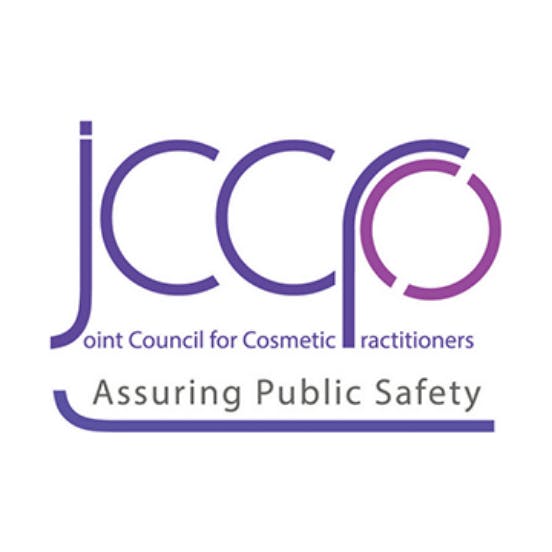

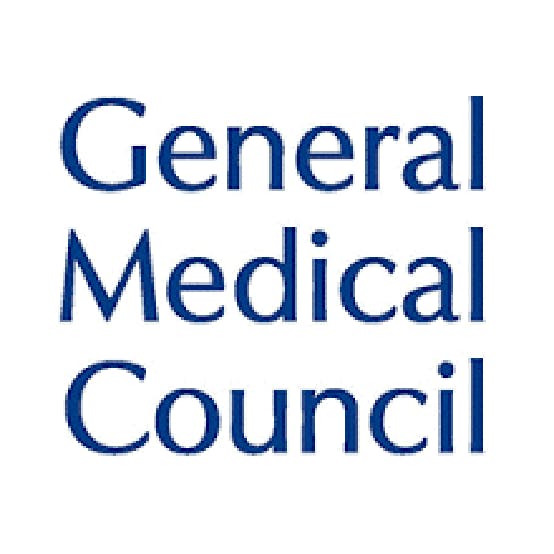


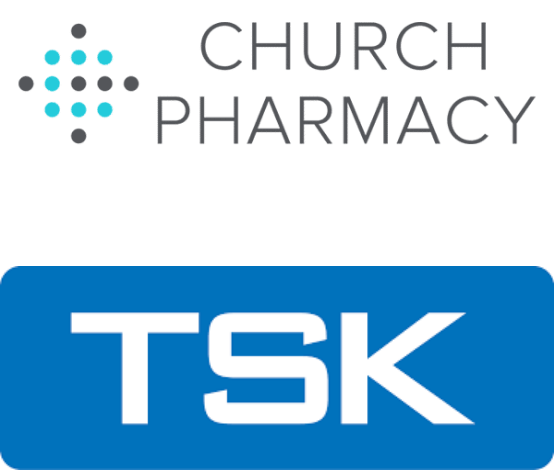

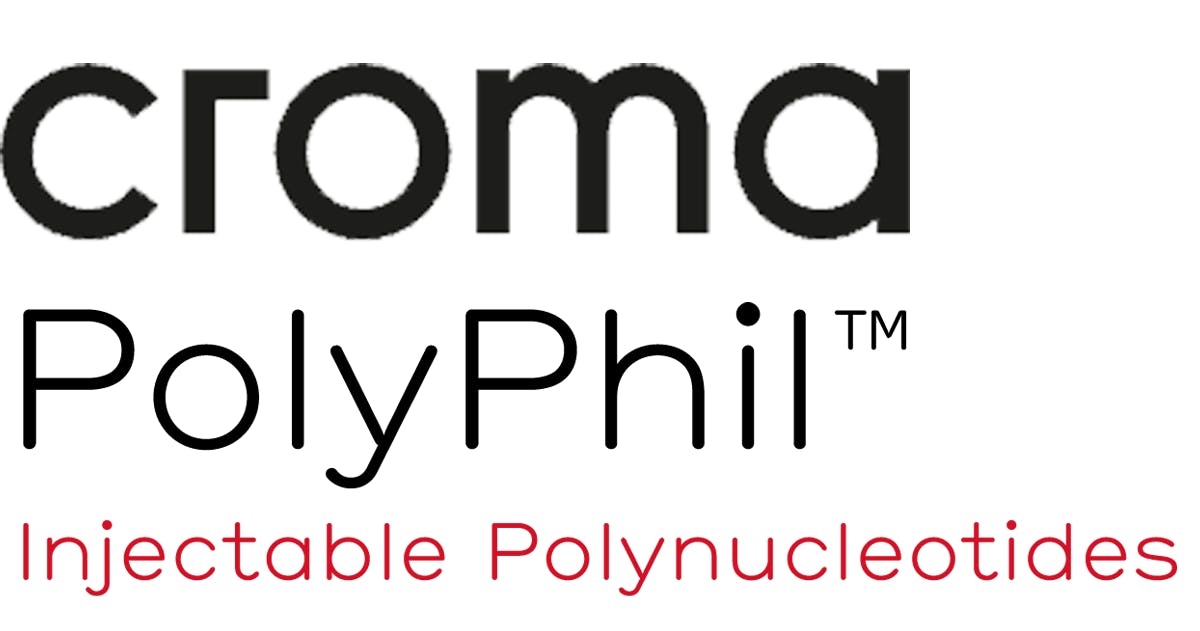

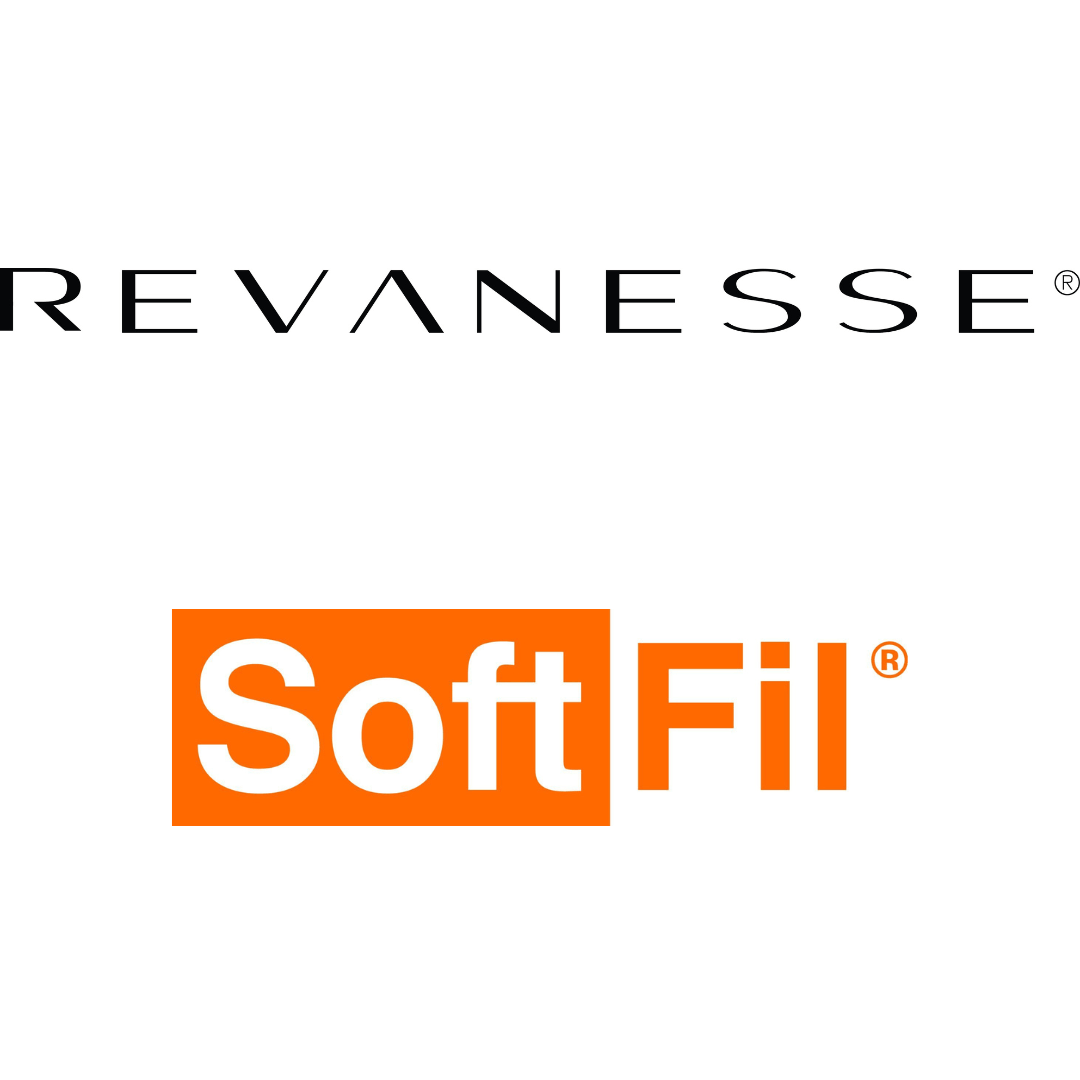
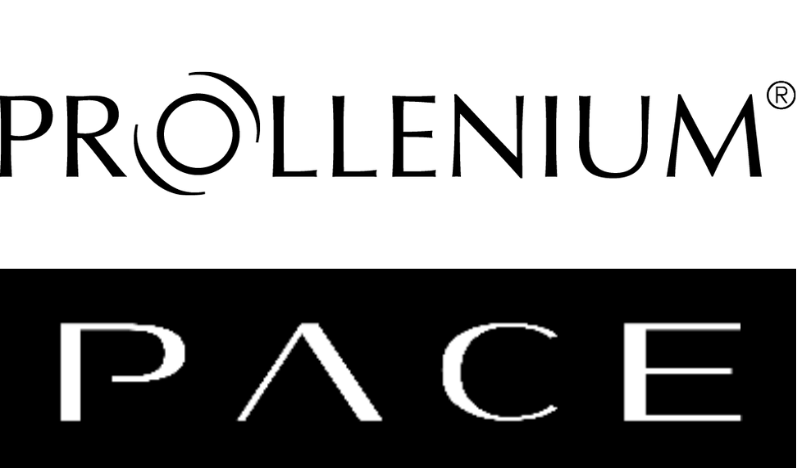
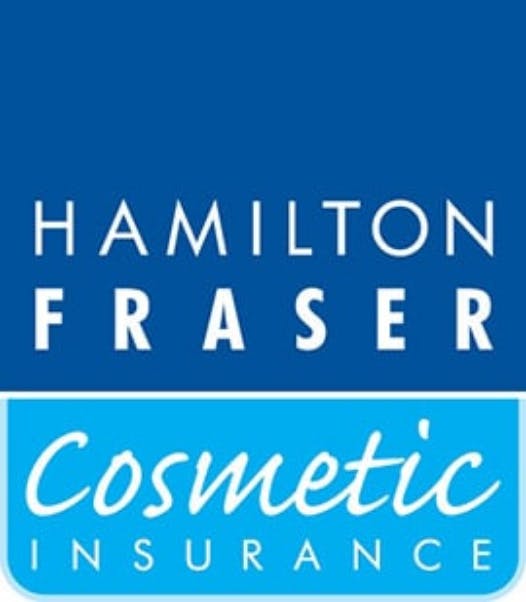
STAY INFORMED
Sign up to receive industry news, careers advice, special offers and information on Harley Academy courses and services

